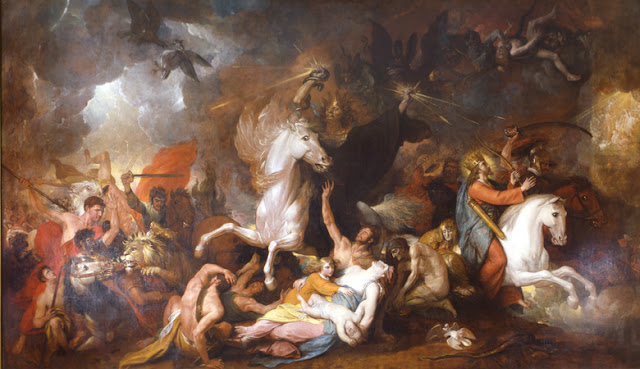Thick as Thieves - Theatr Clwyd, Mold

In the lead up to the opening of Don Carlos at the Northcott theatre in Exeter, Tom Burke has been telling reporters of his passion for regional theatre and why he set up his new theatre company Ara, with his friend, director Gadi Roll. When I saw Tom after one of his performances as Rodrigo, Marquis of Posa, I told him that he should think about doing a production at my local theatre, Theatr Clwyd. It was only when speaking with him that I realised just how passionate I was about my little theatre "in the middle of nowhere." (Owen Teale had once remarked how amazing it was to perform Macbeth in the middle of nowhere to a sell-out crowd!) In the last twelve months, I‘ve noticed that my theatre trips to London have decreased, and my trips to Theatr Clwyd have increased. A lot of this has to do with the work of Tamara Harvey and Liam Evans-Ford who have helped to reignite the theatre. They have been instrumental in bringing new theatre experiences to the region with hea

